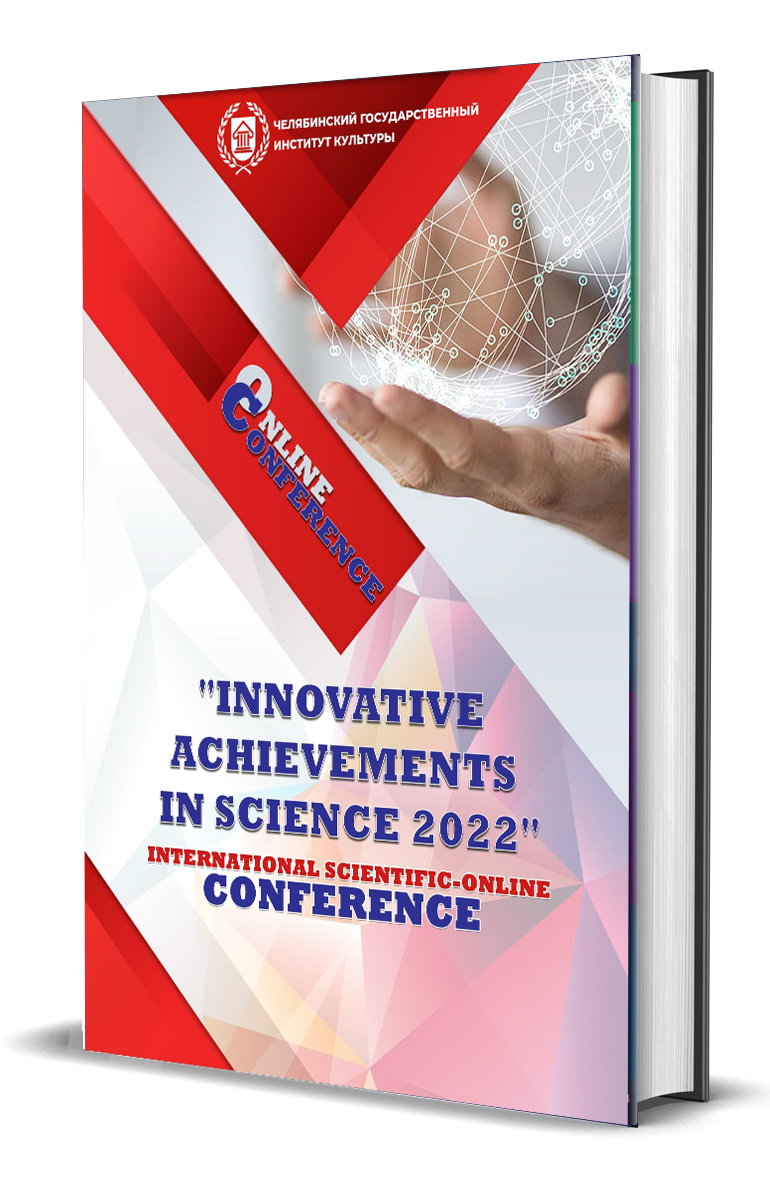TRANSCENDING BORDERS: THE RISE OF LANGUAGE DIVERSITY IN DIGITAL SPACE
Keywords:
transcending borders, language diversity, digital spaces, globalization, technological advancements, online communication, social media, multilingualism, linguistic identity, online communities, linguistic creativity, challenges, opportunities, linguistic discrimination, digital divide, marginalized languages, balance, inclusivity, technology, machine translation, natural language processing, cross-linguistic communication, cultural contexts, research, innovation.Abstract
The digital era has witnessed an unprecedented surge in communication across geographical borders, leading to a transformative expansion of language diversity in virtual environments. This article explores the dynamics of language diversity in digital spaces, examining the catalysts, manifestations, and implications of this linguistic phenomenon. Drawing on interdisciplinary perspectives from linguistics, communication studies, and technology, we delve into the ways in which digital platforms shape and are shaped by the multitude of languages that transcend traditional boundaries. As the world increasingly connects through online channels, understanding the complexities of language diversity in digital spaces becomes imperative for fostering inclusive communication and global collaboration.
References
Androutsopoulos, J. (2019). *Multilingualism and Digital Practices: Critical Social and Linguistic Perspectives.* Routledge.
Bialystok, E. (2001). *Bilingualism in development: Language, literacy, and cognition.* Cambridge University Press.
Crystal, D. (2000). *Language and the Internet.* Cambridge University Press.
Danet, B. (2001). *Cyberpl@y: Communicating Online.* Berg Publishers.
García, O. (2009). *Bilingual education in the 21st century: A global perspective.* John Wiley & Sons.
García, O., & Li, W. (2014). *Translanguaging: Language, Bilingualism and Education.* Palgrave Macmillan.
Goffman, E. (1959). *The Presentation of Self in Everyday Life.* Anchor.
Grosjean, F. (2010). *Bilingual: Life and Reality.* Harvard University Press.
Grosjean, F. (2016). *Can bilingualism survive globalization?* In J. W. Tollefson & A. Tsui (Eds.), Language policy, culture, and identity in Asian contexts (pp. 185-200). Routledge.
Grosjean, F. (2017). *Bilingual: Life and Reality (2nd ed.).* Oxford University Press.
Herring, S. C. (2007). *A Faceted Classification Scheme for Computer-Mediated Discourse.* Language@Internet, 4.
Jaworska, S. (2013). *Multilingual CMC: A social network perspective.* In S. C. Herring, D. Stein, & T. Virtanen (Eds.), Pragmatics of computer-mediated communication (pp. 269-292). De Gruyter Mouton.
Shifman, L. (2014). *Memes in Digital Culture.* MIT Press.
Tagg, C. (2014). *Exploring the Twitter Hashtag (#) as a Structural Resource in a Twitter-based CALL Community.* CALICO Journal, 31(3), 299-319.





